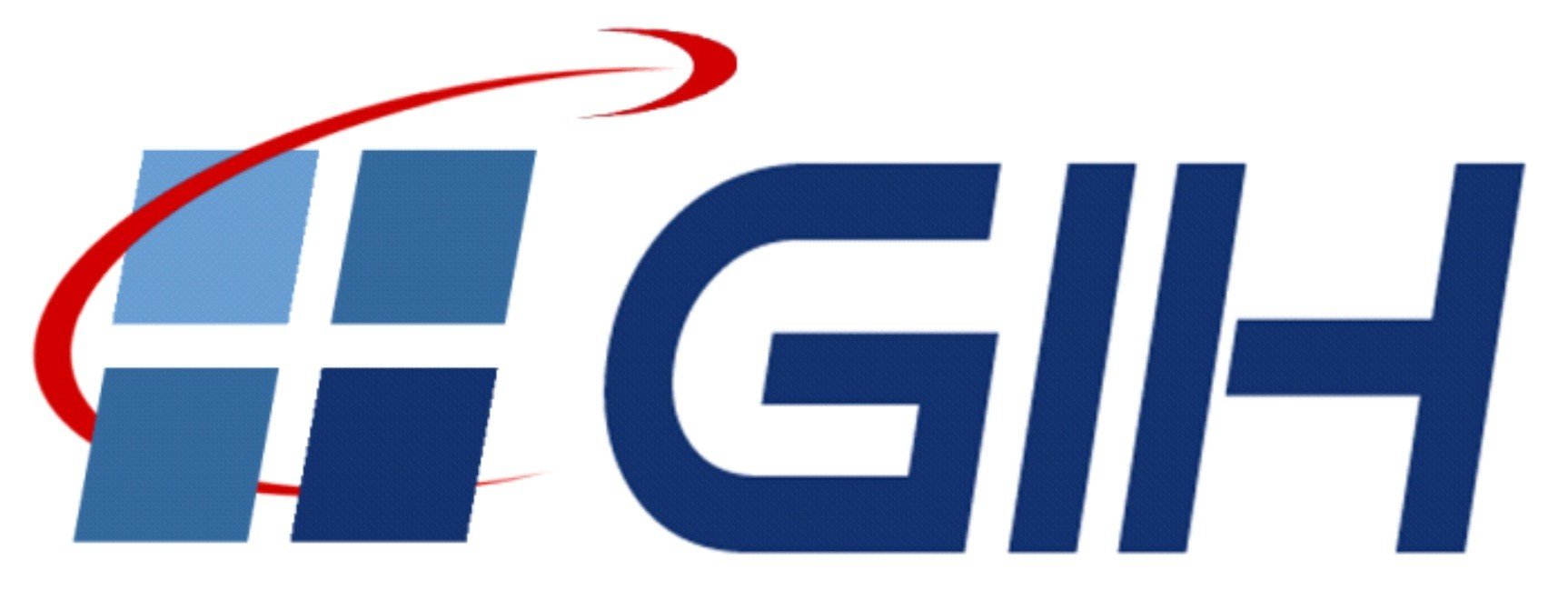Integration von Lasertracking und Laserscanning zur optimalen Bestimmung von lastinduzierten Gewölbeverformungen
- verfasst von
- Jens-André Paffenholz, Joscha Huge, Ulrich Dieter Stenz
- Abstract
This article provides an overview of the detection of load-induced arch displacements by means of laser scanning and laser tracking. Furthermore, the possibility of data fusion of laser scanner and laser tracker is shown. In this context, the acquired 3D point clouds of the laser scanner serve as a basis for the data fusion. The object surface is approximated from the measurement data of the laser scanner by the use of B-spline surfaces. Within the scope of the estimation of the B-spline surfaces based on the 3D point clouds, the data fusion is implemented based on a Gauss-Markov model with restrictions. The results of the data fusion are compared with the results of the individual sensors. The resulting displacements are close to the results of the laser tracker and show a local increase of the accuracy of the 3D point clouds by the point integration of the high-precise 3D coordinates determined by a laser tracker.
- Organisationseinheit(en)
-
Geodätisches Institut
- Typ
- Artikel
- Journal
- Allgemeine Vermessungs-Nachrichten
- Band
- 125
- Seiten
- 75-90
- Anzahl der Seiten
- 16
- ISSN
- 0002-5968
- Publikationsdatum
- 2018
- Publikationsstatus
- Veröffentlicht
- Peer-reviewed
- Ja
- ASJC Scopus Sachgebiete
- Geografie, Planung und Entwicklung, Erdkunde und Planetologie (sonstige), Tief- und Ingenieurbau
- Elektronische Version(en)
-
https://gispoint.de/artikelarchiv/avn/2018/avn-42018/4307-integration-von-lasertracking-und-laserscanning-zur-optimalen-bestimmung-von-lastinduzierten-gewoelbeverformungen.html (Zugang:
Offen)






